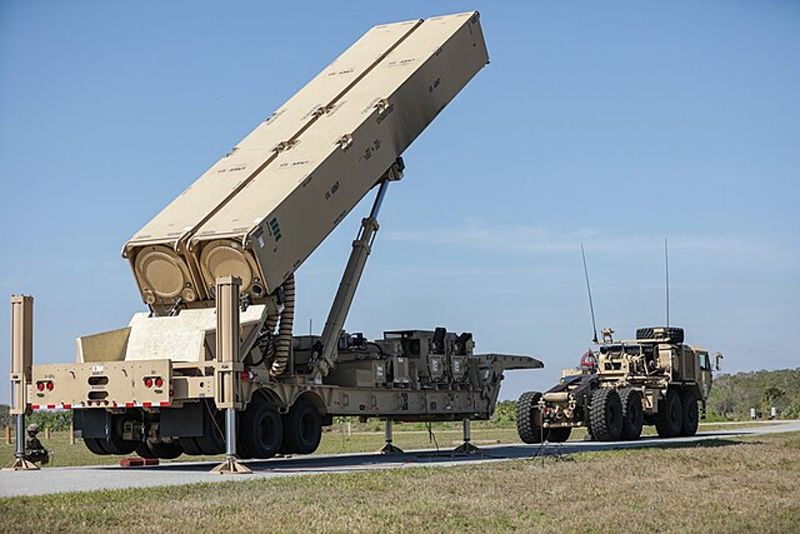India Successfully Tests Long-Range Hypersonic Missile, Enters Elite Club of Global Leaders

New Delhi: India has successfully flight-tested a long-range hypersonic missile, marking a watershed moment in the nation's defense capabilities and its emergence as a major player in the global arena of advanced military technology.
The test has catapulted India into an elite club of nations capable of developing and deploying hypersonic missile systems - an arena that has thus far been dominated by global powers like Russia, China, and the United States. The move is seen as a definitive assertion of India's strategic preparedness in an increasingly volatile geopolitical landscape.
Hypersonic missiles are a new frontier in missile technology, capable of traveling at speeds greater than five times the speed of sound. These weapons pose a significant challenge to existing air defense systems due to their ability to maneuver unpredictably and carry out pinpoint attacks.
The successful test by the Defense Research and Development Organization (DRDO) showcases the scientific ingenuity and strategic foresight of the nation's defense industry. The long-range missile, capable of striking targets over 1,500 kilometers away, is a product of years of meticulous research and development.
India's breakthrough in hypersonic technology has far-reaching implications for its national security and regional balance. With hypersonic missiles poised to redefine modern warfare, India's entry into this domain signals a significant step toward ensuring national security and maintaining a strategic balance in the Indo-Pacific region.
However, the successful test also brings responsibilities. The use of such advanced weapons is governed by ethics standards and international laws. As a rising power, India must champion responsible development and deployment of hypersonic technology to prevent destabilization in global security dynamics.
Experts predict that this achievement marks the beginning of a new chapter in India's defense narrative, with the nation viewed as a major player in regional and global security. To realize this potential, it will be essential for India to sustain momentum, address emerging threats, and ensure these advanced technologies serve broader goals of peace, stability, and national prosperity.
The move comes against the backdrop of intensifying geopolitical rivalries, particularly between India and neighboring nations. The development and deployment of hypersonic technology strengthen India's position as a responsible stakeholder in regional security.
"This achievement aligns with our broader objective of enhancing indigenous defense production capabilities," said an official spokesperson for the Defense Ministry. "We believe that this successful test sets us on the path to achieving self-reliance in critical technologies."
The nation now must channel significant resources into sustaining this momentum, fostering global collaborations where possible, and ensuring its advanced military systems are aligned with international security standards.
In a statement released after the successfully, DRDO CEO Dr. S. A. Singh emphasized that hypersonic technology represents "a significant step forward for India's defense industry in unlocking new possibilities to protect our nation."
India's breakthrough in hypersonic technology is likely to have far-reaching implications that will resonate across the global community and influence future dynamics of geopolitics, defense policies, and technological advancements.
As the world gazes at India's emergence on this critical front, strategic watchers from around the globe now await with bated breath any additional information that can shed light over its intentions regarding these cutting-edge military technologies.
